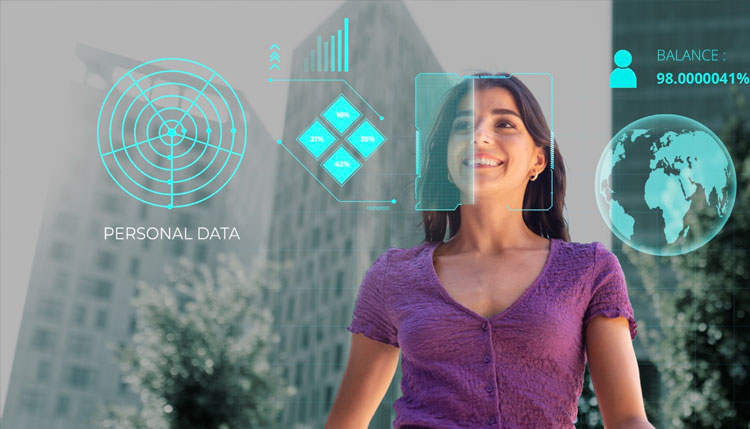
Applying a Data-Driven Approach to Biometrics
In this digital age, the advent of data-driven biometrics is nothing short of awe-inspiring. This ground-breaking technology seamlessly intertwines cutting-edge innovations with the power of massive data analytics, giving rise to personal identification and security systems that transcend mere robustness. These marvels of modern ingenuity not only fortify our defences with an impregnable layer of security but also redefine the very essence of user-friendliness and intuitive design. Truly, data-driven biometrics stands as a transformative force, leaving us in breathless wonder at the boundless potential of human innovation.
Biometrics uses biological data, like fingerprints, facial features, and voice patterns, to identify individuals. Unlike passwords or PINs, biometrics are inherently linked to a person, making them harder to replicate or steal.
The essence of data-driven biometrics is truly awe-inspiring in its complexity and potential. By harnessing the power of big data analytics, these cutting-edge systems are able to unlock unprecedented levels of accuracy and efficiency in biometric identification. Through the meticulous examination of massive datasets containing biometric information, the underlying algorithms can discern intricate patterns and nuances that would otherwise elude the human eye.
This remarkable capability is especially vital in high-security environments, such as airports, border checkpoints, and sensitive corporate facilities, where the reliable and precise verification of individual identities is of the utmost importance. The seamless integration of big data techniques with biometric technologies represents a remarkable technological advancement, pushing the boundaries of what was once thought possible and ushering in a new era of enhanced security and identification solutions.
One of the primary benefits of data-driven biometrics is the enhanced security it offers. Biometric systems minimize the risk of unauthorized access as they rely on unique personal attributes that are extremely difficult to forge or replicate. For example, advanced facial recognition technologies now incorporate 3D modelling and infrared sensors to detect a face’s shape and contours, making deceit through photographs or other two-dimensional means nearly impossible.
Integrating biometrics with big data has improved user convenience and system adaptability. Systems can now quickly adapt to changes in a person’s biometric data, like aging facial features or altered fingerprints. These systems also process identification in real-time, streamlining operations in high-traffic situations without sacrificing accuracy.
The use of biometric data raises privacy concerns and ethical challenges. There are debates about the extent to which personal biological data should be collected and analysed, even for security purposes. The risk of data breaches and misuse of this information is a significant concern that requires stringent data protection measures.
Regulations are evolving to keep pace with biometric tech advancements. The GDPR in Europe has set precedents on handling personal and biometric data, emphasizing consent and privacy rights. Organizations must navigate these regulations carefully to deploy biometric systems responsibly and ethically.
The future of data-driven biometrics is poised for an astonishing and rapid expansion, brimming with boundless possibilities that captivate the imagination. Ground-breaking innovations such as behavioural biometrics are on the cusp of revolutionizing the way we authenticate and identify individuals. These cutting-edge technologies have the power to recognize people based on their unique actions, from the nuanced patterns of their typing, to the distinctive cadence of their gait, and even the subtle ways they interact with their devices.
The seamless integration of these biometric marvels into our daily lives holds the promise of a delicate balance between heightened security and unparalleled convenience – a blend that was once deemed unfathomable. As we peer into the horizon, the future of data-driven biometrics stands as a testament to the remarkable advancements of our time, inspiring awe and wonder at the endless possibilities that lie ahead.
For us at TrueID, Data-driven biometrics means combining technology, security, and data analytics. As these systems become more integrated into society, the focus must be on enhancing security while protecting privacy and upholding ethics. This technology is about more than just efficient identification; it’s about shaping a future where technology respects and enhances our human values. For more information, please write to us at info@trueid.in.










